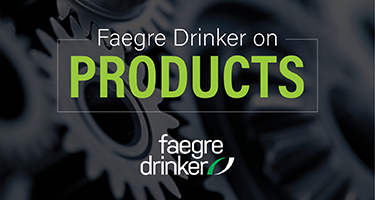Key Takeaway: In Superior Oil Company, Inc. v. Labno-Fritchley, 207 N.E.3d 456 (Ind. Ct. App. 2023), the Indiana Court of Appeals reversed a trial court’s denial of summary judgment in a product liability case. The court held that summary judgment should have been granted because the defendant’s designated evidence related to the product’s warning label established the affirmative defenses of misuse and incurred risk as a matter of law. Notably, the opinion illustrates how failure to heed the warnings that accompany a product can amount to unforeseeable product misuse.
Background: Plaintiff’s decedent attempted to remove the top of an empty 55-gallon metal drum with a cutting torch when it exploded, resulting in his death. The top of the drum – at which the decedent had to have been looking as he cut – bore an 8” x 12” warning label that, among other things, warned of the dangers of an empty metal drum and advised “[d]o not flame cut, braze, or weld empty container.” Although not emphasized by the Labno-Fritchley court, a picture of the label in the court’s opinion suggests that this language comprised only a very small portion of the label and was not in boldfaced or underlined font.

